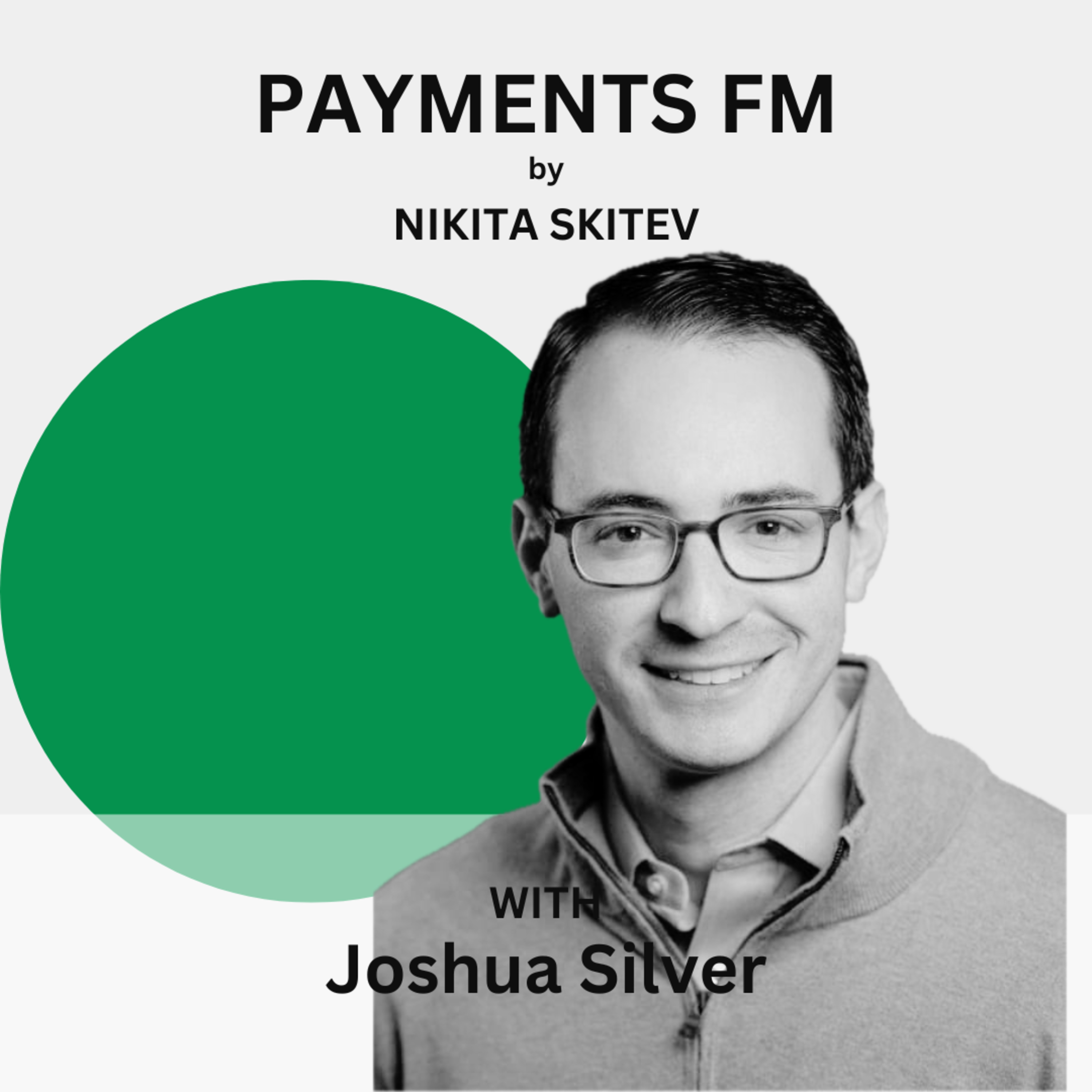In this episode, we sit down with Philip Pages, CEO of Redux Payments, to explore the issue of involuntary churn in subscription-based businesses.
Why churn is a critical problem, the difference between voluntary and involuntary churn, and the need for intelligent retry logic to reduce churn rates.
We dive into various retry strategies, the impact of new technologies like network tokens, and other methods to optimize payment recoveries.
Additionally, Philip shares practical advice for merchants to improve their payments performance and underlines the significance of focusing on involuntary churn for exponential business growth.
00:00 The Power of 0% Churn Rate
00:48 Understanding Involuntary Churn
02:12 Deep Dive into Subscription Churn
04:40 Voluntary vs. Involuntary Churn
08:16 The Financial Impact of Reducing Churn
12:51 Technological Solutions to Churn
18:41 Customer Experience and Retry Logic
24:15 Maintaining Customer Trust
24:49 Intelligent Retry Strategies
25:53 Involuntary Churn Insights
28:58 AI-Powered Payment Recovery
29:50 Beyond Retries: Other Recovery Mechanisms
33:52 Personalized Payment Solutions
36:18 Optimizing Payment Recovery
42:22 Exciting Trends in Subscription Payments
44:32 Practical Advice for Merchants
My callouts
What is Involuntary Churn?
Churn is often divided into two main categories: voluntary and involuntary. Involuntary churn happens due to payment failures or technical issues, where the customer intended to maintain their subscription but is forced out prematurely. This type of churn can represent 20-50% of overall churn and, interestingly, is often overlooked by many businesses.
What is the most important when creating a retry strategy?
For instance, retrying a transaction following an "Insufficient Funds" error should coincide with typical pay cycles, while other codes may require different strategies. By intelligently targeting these retries, businesses can maximize recovery rates and minimize the number of unsuccessful attempts.
What about account updater and network tokens?
While we see an increase in solutions like account updater or network tokens, the decline rate for card and other payment methods is still high. The preventative tools are not fully replacing personalized retry strategies.
Retries are good. What else?
While retries are crucial, they aren't the only tool at a business's disposal. Communications like emails or SMS tailored to specific error codes can effectively prompt customers to update their payment details. Additionally, payment orchestration and diversification of processing accounts can increase approval rates and recover more revenue. The recent ability to route transactions across different processors, such as through Stripe's new open orchestration capabilities, represents a promising advancement in this area.
Where to start?
For businesses looking to improve their payments performance, Philip advises firstly understanding their failed payment recovery rates. Implementing silent recovery methods can significantly reduce churn without customer intervention. Once optimized, additional layers like customer communication should be introduced, tailored to the context of the payment error.










